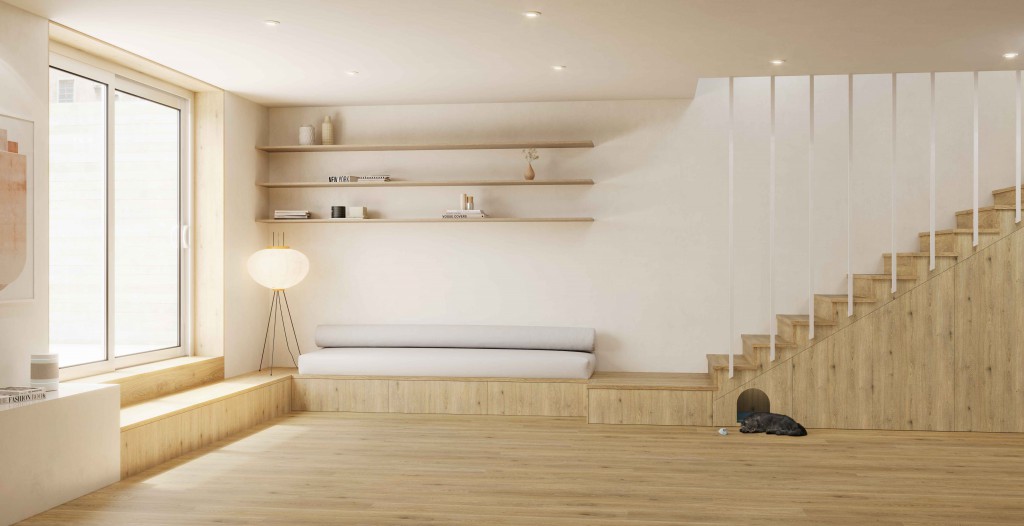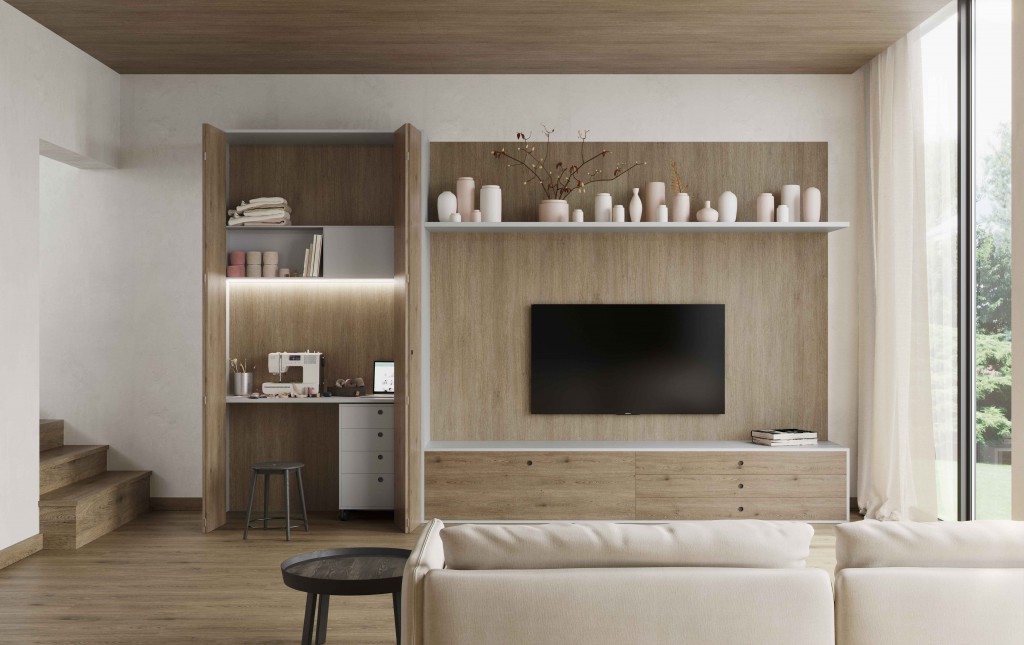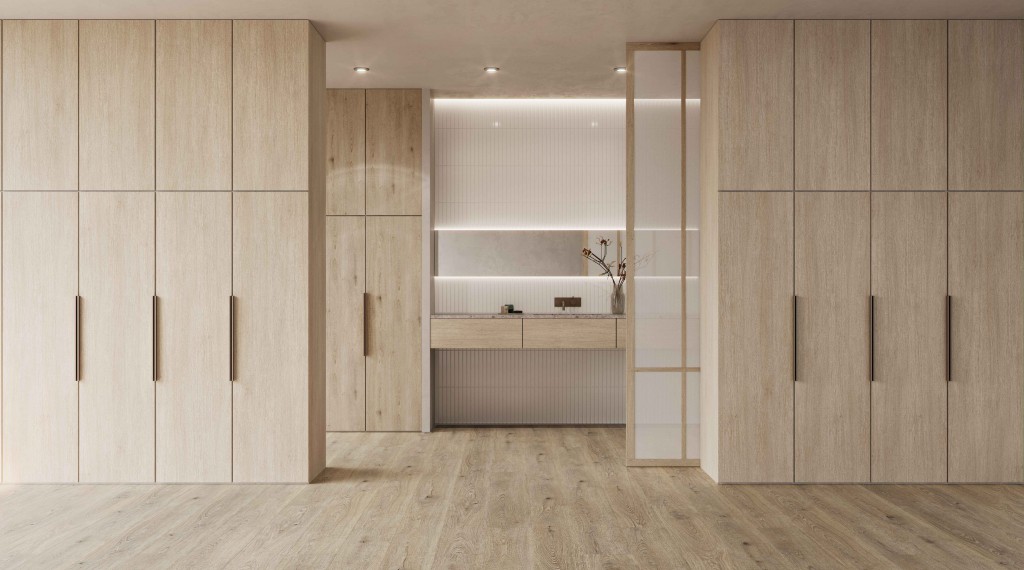How can interiors be adapted to fit the ikigai philosophy? We took a look at different spaces and the possibilities for ikigai that each one holds.

Spa and wellness centres often feature elements of ikigai in their décor. It might seem like it would only work for this type of business, but the philosophy can actually be used in many others. For example, a neighbourhood shop that encourages buying locally and responsibly might want to include contemporary stone in warm hues in its design. Natural elements transmit pleasant sensations, tranquillity, and a sense of wellbeing in any space.

What about at home? We know how limiting homes located in cities can be, so here are a few tips. First, make sure the space feels large and bright and remove any superfluous objects. Another interesting approach would be combining white-toned and timber elements. No matter how much natural light you have in your home, white will capture and maximise what’s there, making the space feel brighter and more comfortable. If the space is small, white will help you make the most of it.

Finally, including shelving or walls made of natural materials helps create an intense energy and makes the space more attractive. Natural stone, decorative timber, or indoor plants can provide a touch of something that is often missing from our life and our experiences: nature. Given that biophilia and a connection with nature are two of the key elements of ikigai, having a few things that bring us closer to it can help us discover that “reason for being” that this Japanese philosophy is all about.




